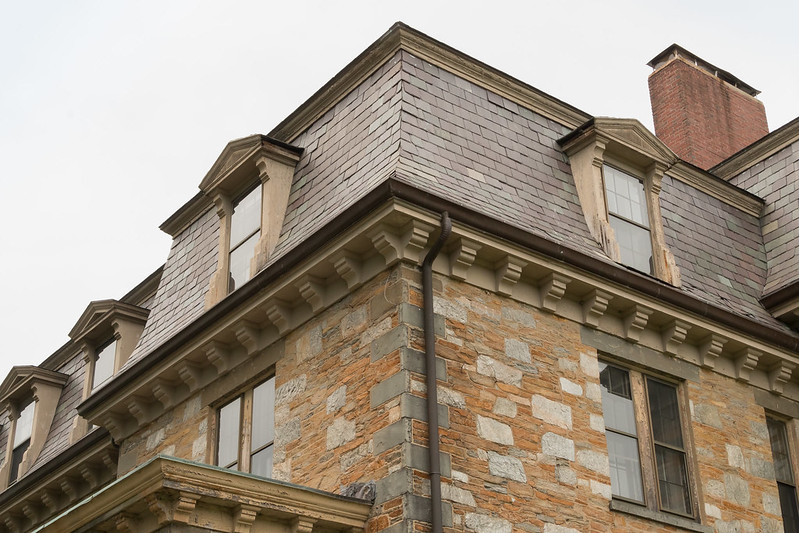The housing crisis remains one of the most pressing issues facing Britain today. With homebuilding at crisis levels, numbers of households in temporary accommodation rising, and young people struggling to get on the property ladder, Labour recognises the urgent need for action.
Labour has a powerful electoral mandate for bold and ambitious home building. There is also a need for fast wins that deliver rapid, sustainable growth in housing supply through smart urban infill development.
Building more homes is critical for economic growth. Every 100,000 additional homes adds around 0.8% to GDP during construction. However, ambitious long-term projects like new towns will take years to bear fruit. That’s why to get results we must pull other quick levers. Three ‘fast win’ policies could boost housing supply in the short to medium term, without requiring additional central government resources.
The Government can create approximately 30,000 new homes per year through carefully planned infill development, enabling residents to expand their homes, and making the most of housing association land. This approach aligns with Labour’s commitment to prioritise brownfield development and create high-quality urban environments.
We can build new homes in the right places through:
- Building up: Learning from successful Labour-led initiatives in boroughs like Haringey, the government should set national policy for sympathetic towards upward extensions of existing homes. This will add more living space and create new homes while preserving neighbourhood character.
- Street votes: The government can complete the implementation of ‘street votes‘, an initiative based on the Mayor of London’s Outer London initiative with strong centre-left support, empowering communities to bring forward sensitive development through local decision-making. This builds on the principle of community engagement that Labour has long championed.
- Estate renewal: By amending national policy through the NPPF or Written Ministerial Statement, the government can make it easier for social landlords to deliver better homes for tenants. Cross-subsidy from new market homes could fund improved council housing for existing tenants and create additional social housing stock.
These policies focus on building more homes in high-productivity areas — breaking down barriers to growth and opportunity. By enabling people to live closer to good jobs, we can reduce commute times, improve quality of life, and cut carbon emissions.
Importantly, these low-key quick win approaches prioritise small and medium-sized builders, create jobs and support local economies. This is infill development done sensitively; enhancing rather than disrupting existing communities.
Labour’s vision for attractive communities is popular with voters. By making use of the potential of brownfield sites and urban areas, we can deliver the homes we need.
A small wins approach has seen success internationally. In the US, reforms to allow ‘granny flats‘ have dramatically increased housing supply in cities like Los Angeles and San Francisco. Labour’s government in New Zealand has nearly doubled new housing permits in Auckland through smart infill policies.
By enabling more homes in existing urban areas, we can make better use of infrastructure, support struggling high streets, and improve public transport viability.
Crucially, an approach to infill development prioritises community support and environmental sustainability. A Labour Government can learn from successful Labour local government initiatives like Sadiq Khan’s tenant ballots for estate renewal in London, which have shown strong resident support for carefully planned renewal and delivered thousands of council homes.
Labour’s plan for housing represents a pragmatic, forward-thinking approach to one of Britain’s most pressing challenges. By focusing on rapid, community-supported development in areas of high demand, we can boost economic growth, improve quality of life, and create the homes that Britain desperately needs. This is how we build a fairer, more prosperous country for all.

2 replies on “Fast wins for more homes: how Labour can champion infill development”
Does the YIMBY agenda include the sub-division of existing houses? as per https://www.if.org.uk/research-posts/unlocking-englands-hidden-homes/ written for the Intergenerational Foundation? If 50% of existing residential space is not meeting housing needs and millions of houses and households would benefit from downsizing-in-place this would appear to be a good place to start. Priority should be given to using the fabric and space that urgently needs to be adequately and affordably heated and insulated, rather than new building (esp in gardens) emitting upfront carbon.
All good points from Kane. There is definitely a ‘head of steam’ developing around extending existing buildings upwards – ‘building on top’ or in Europe ‘Optoppen’. My recent letter in the Guardian 16th July gives some figures:
“Re your article (Four ways Labour could deliver on pledge to build 1.5m new homes, 8 July), there is a fifth way: the opportunity to build on top of existing buildings, referred to in Europe as the Optoppen movement. The real estate consultant Knight Frank suggests that there is scope to build 41,000 rooftop homes in central London, and, according to joint research by the engineering firm WSP and University College London, there is capacity to build 630,000 new homes on top of London’s municipal buildings.
In the Netherlands, the ministry of internal affairs estimates that by 2030, about 66,000 additional homes could be added by topping up multifamily housing built in 1965 or later, as these are structurally suitable. In Spain, research on the Eixample area of Barcelona shows that about 2,500 buildings could accommodate vertical extensions.
Such an approach has the green bonus of avoiding demolition. But the key is to use timber as the primary structural material, as its relative lightness enables several storeys to be added rather than one or two if concrete and/or steel were used. In addition, timber has a lower carbon footprint than concrete and steel.”